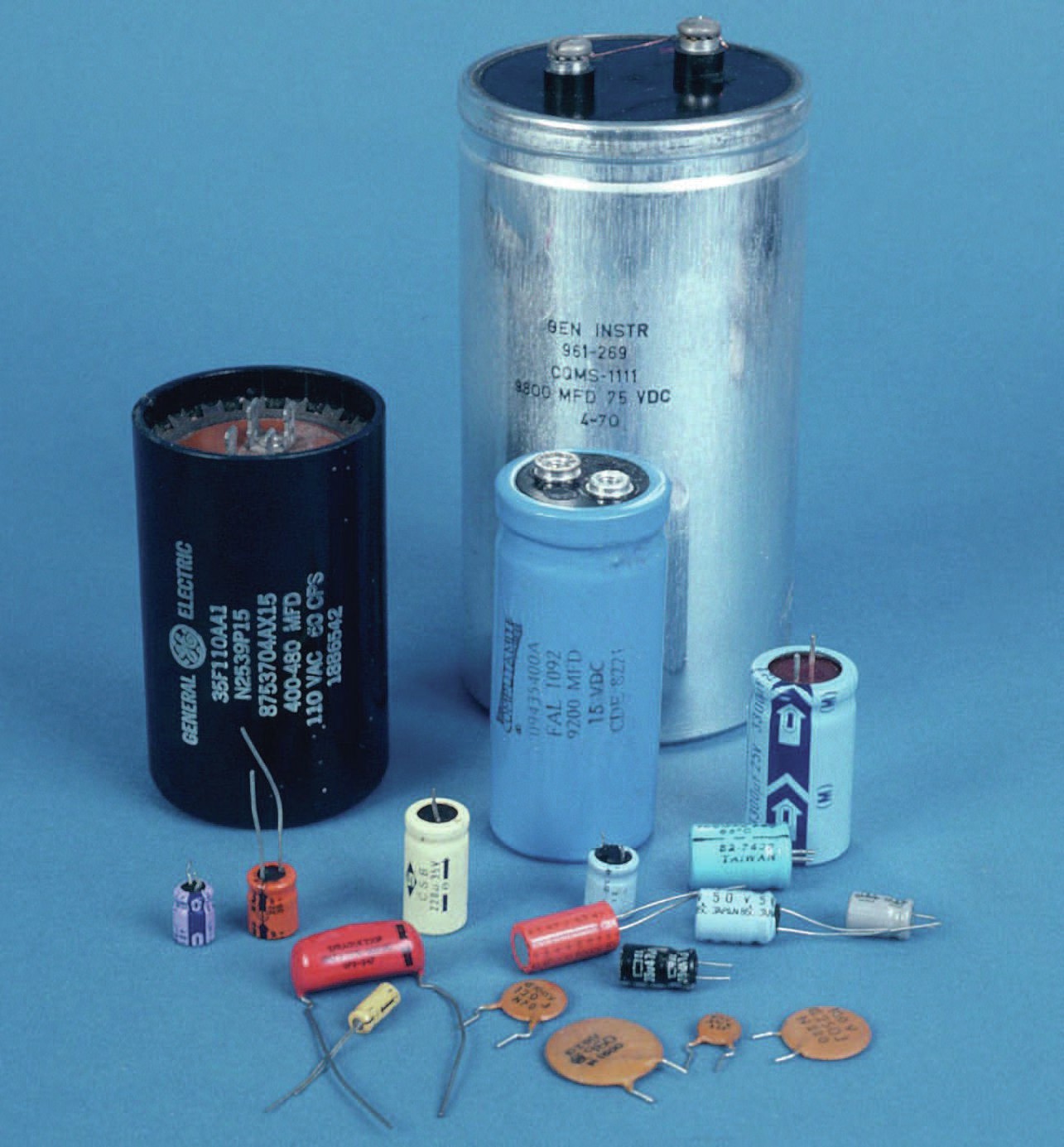
This Exam talkback question is about a capacitor being charged through a resistor. All the current A2 specifications require some study of capacitors, which are widely used in electric circuits as energy stores (a bit like a short-term battery) and in timing devices. The simplest capacitor consists of two metal plates separated by an insulating layer. When a potential difference (voltage) is applied across the plates, electrons flow onto one plate and off the other, building up an excess of negative charge on one plate and an equal excess of positive charge on the other. The overall net charge on the capacitor is zero, but the separation of charge stores energy (see ‘Why DC?’ on pages 24–27 of this issue). The amount of charge Q on each plate depends on the potential difference V across the plates and the capacitance C of the capacitor (which in turn depends on its size, shape and the materials it is made from):
Q = CV
Your organisation does not have access to this article.
Sign up today to give your students the edge they need to achieve their best grades with subject expertise
Subscribe




